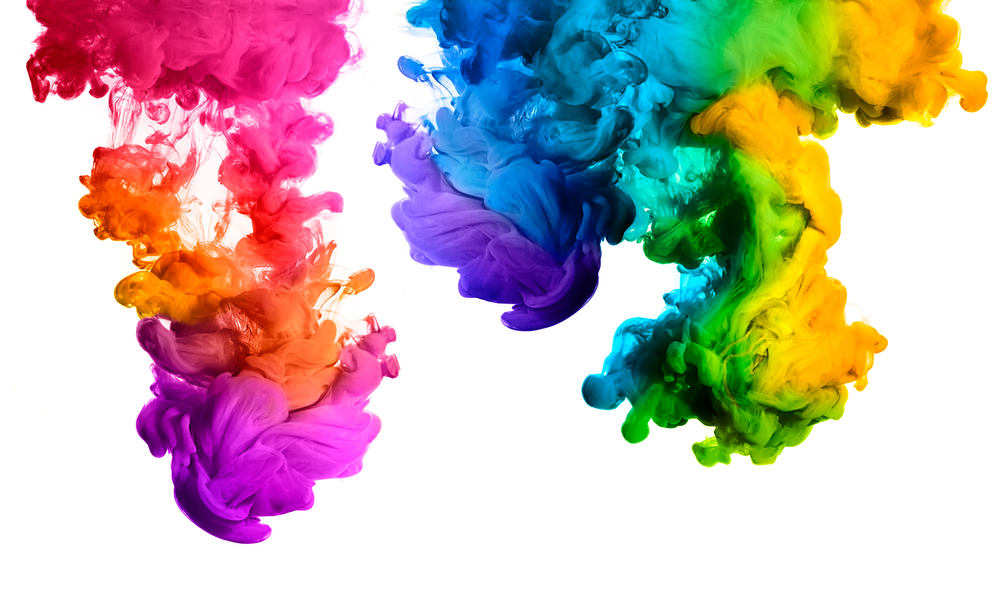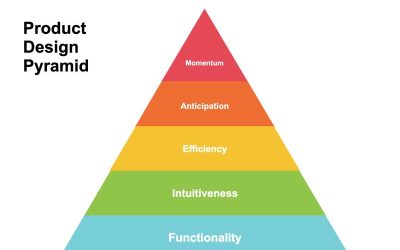While working on a branding project a few weeks ago, I happened to wonder what colors were most frequently used in brand identities.
I started poking around online, feeling sure someone had already done this research and neatly organized the results. However, I wasn’t really satisfied with what I found. I saw a number of eye–catching but generally meaningless infographics that look great on Pinterest but don’t really contain any practical information.
Since I couldn’t find the quantitative information I’d been hoping for, I took matters into my own hands and started doing some research. (It’s not not scientific-grade research, mind you, but at least good enough to help answer my original question.)
I started with BrandColors, which provides the color schemes of 456 different brands. From there, I was able to export a CSS file, which I then stripped down to 1,239 hexadecimal color codes, which I then converted to a decimal RGB format.
I was curious to try tallying them along basic color palettes, just to see which specific colors were most popular. I did this by writing a script that cycled through various palettes, comparing them with each of the 1,239 brand colors to measure the distance between them, and then sorting them by smallest distance to largest to find the nearest color matches.
Just for fun, I decided to use the 163 standard Crayola crayon colors. Here are the top 50 matches, based on frequency:
| Count | Name | |
|---|---|---|
| 79 | Outer Space | |
| 60 | Midnight Blue | |
| 56 | Maximum Red | |
| 48 | Black | |
| 47 | Mango Tango | |
| 43 | Middle Yellow | |
| 40 | Cerulean | |
| 32 | Yellow-Orange | |
| 31 | Eggplant | |
| 28 | Red-Orange | |
| 26 | White | |
| 24 | Manatee | |
| 23 | Geranium Lake | |
| 23 | Charcoal Gray | |
| 22 | Blue (I) | |
| 22 | Maximum Green | |
| 22 | Green | |
| 17 | Inchworm | |
| 17 | Denim | |
| 17 | Green-Blue | |
| 17 | Navy Blue | |
| 16 | Razzmatazz | |
| 15 | Asparagus | |
| 14 | Maximum Blue | |
| 14 | Dark Venetian Red | |
| 14 | Orange-Red | |
| 14 | Gray | |
| 13 | Blue-Green | |
| 13 | Cadet Blue | |
| 13 | Burnt Orange | |
| 13 | Tropical Rain Forest | |
| 12 | Mountain Meadow | |
| 12 | Pig Pink | |
| 11 | Scarlet | |
| 11 | Sunset Orange | |
| 11 | Venetian Red | |
| 11 | Fern | |
| 11 | Cerulean Blue | |
| 10 | Timberwolf | |
| 10 | Red | |
| 9 | Blue (II) | |
| 9 | Blue-Violet | |
| 9 | Shamrock | |
| 9 | Pacific Blue | |
| 9 | Middle Green Yellow | |
| 8 | Robin’s Egg Blue | |
| 7 | Blue-Gray | |
| 7 | Indigo | |
| 7 | Turquoise Blue | |
| 7 | Periwinkle |
A particular brand color being common or not common doesn’t necessarily mean that it’s good or bad in itself. However, this can be useful information to keep in mind when developing color schemes for a new brand. While there’s a certain advantage to having a distinctive color scheme, there may also be social, psychological, or cultural reasons why certain colors are seldom used.
There’s no disputing that color selection is one of the more complicated areas of design, but hopefully this information helps you with working out the right solution for your situation. At the very least, it satisfied my curiosity, and sometimes that’s enough!




